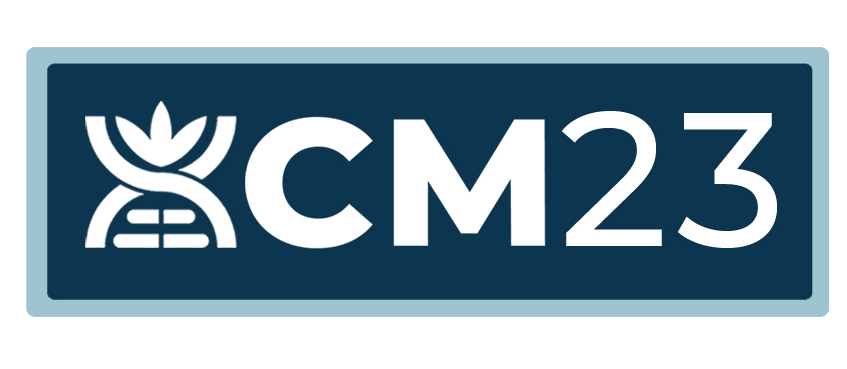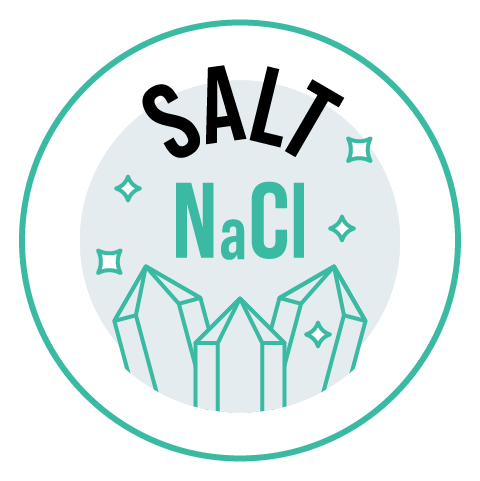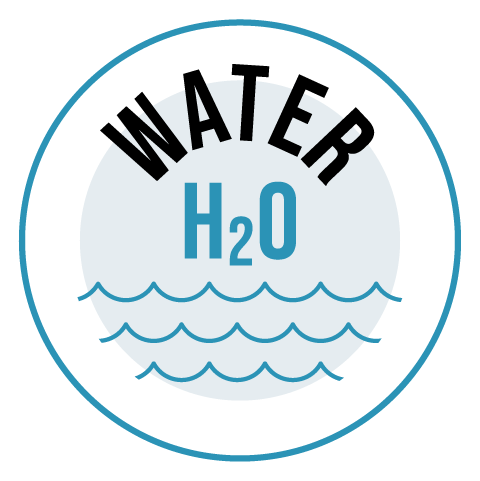THE SAFER PATHOGEN CONTROL SYSTEM
Charging salt water with electricity
produces an onsite
solution:
Highly effective plant
management solution that
bolsters defense + prevents disease + safer than bleach
(with no phytotoxicity)
APPLICATION:
AGRICULTURE + GREENHOUSE Hydroponic + BIOFILMS
TOOLS + Plants
APPLICATION:
AGRICULTURE + GREENHOUSE + Hydroponic + BIOFILMS + TOOLS + Plants
MEETS
EPA/FDA/USDA
REQUIREMENTS FOR USE AND
GREEN SEAL
CERTIFIED
ECOLOGIC SOLUTION ABSTRACT
The objective of this review is the evaluation of hypochlorous acid produced using ECA technology as a method of cleaning and sanitizing in applications associated with cannabis growing and distribution. While this technology is nascent in this industry, several studies have been performed on pathogens and processes of interest and areas of concern in the cannabis industry.
Numerous agricultural studies have demonstrated the inhibition and eradication of several pathogens with no phytotoxic effects observed. Results indicate significant reduction in preharvest management of gray mold disease and inactivation of fungi with mitigation of growth on fruit crops.
In recirculating systems, disinfection of irrigation water was achieved and waterborne root pathogens were controlled in additional studies. In addition to direct disinfection of pathogens, hypochlorous acid was shown to bolster immune plant defenses, triggering immune response with repeated applications.
Field research and studies suggest a profound effect at lowering hop latent viroid infections found in grow facilities with proper sanitation practices. Diluted bleach has been shown to be an effective sterilization method for tools in the prevention of hop latent viroid outbreaks.
Several studies have established that hypochlorous acid is far more efficacious than bleach products without toxicity. This provides an area of opportunity to explore the use of hypochlorous as a more effective way to control hop latent viroid with no phytotoxic impacts.
Since installing EcoLogic’s ECA we have been successful in preventing Hop Latent Viroid (HLV) and mildew in our plants. We use HOCI in feedstock water to control biofilms and root glue, in our germinating room to control mildew and on all our tools and growing equipment for our cloning operation.
— Sergio Picaz | CLTVTD CEO & Co-Founder
ECOLOGIC SOLUTION CITATIONS
Zarattini, Marco, et al. “The Use of Ecas in Plant Protection: A Green and Efficient Antimicrobial Approach That Primes Selected Defense Genes.” Ecotoxicology, vol. 24, no. 9, 2015, pp. 1996–2008.
Study ›
M.H. Rodriguez, M. Bandte, T. Gaskin, G. Fischer, C. Büttner, Efficacy of electrolytically-derived disinfectant against dispersal of Fusarium oxysporum and Rhizoctonia solani in hydroponic tomatoes Sci. Hortic. (Amst.), 234 (2018), pp. 116-125. Study ›
Jane L. Guentzel, Michael A. Callan, Kang Liang Lam, Stuart A. Emmons, Valgene L. Dunham, Evaluation of electrolyzed oxidizing water for phytotoxic effects and pre-harvest management of gray mold disease on strawberry plants, Crop Protection, Volume 30, Issue 10, 2011, Pages 1274-1279, ISSN 0261-2194. Study ›
Rodriguez, Marlon & Schmidt, U. & Büttner, Carmen & Bandte, Martina. (2022). Electrolytic Disinfection of Irrigation Water for Intensive Crop Production in Greenhouses as Demonstrated on Tomatoes (Solanum lycopersicum Mill.). Horticulturae, 8.414.10.3390. Study ›
Grech, N. M. “Injection of Electrolytically Generated Chlorine into Citrus Microirrigation Systems for the Control of Certain Waterborne Root Pathogens.” Plant Disease, vol. 76, no. 5, 1992, p. 457. Study ›
Li, Rugang, et al. “Evaluation of Disinfectants to Prevent Mechanical Transmission of Viruses and a Viroid in Greenhouse Tomato Production.” Virology Journal, vol. 12, no. 1, 2015.
Study ›
CLEAN PRODUCTS
CLEAN TECHNOLOGY
CLEAN PLANET
ECOLOGIC SOLUTIONS IS THE Only certified B corp in itS class.
We are a mission driven, trusted leader providing the safest, most sustainable cleaning program in the world SINCE 2005.
Let's take
on a green approach together!
Try a free chemical audit and discover how to take your environment to the next level of clean.
To Request Service:
Contact Us
We will get back to you as soon as possible.
Please try again later.
Our Location
Brooklyn Navy Yard
63 Flushing Avenue
Bldg 280, Ste 417
Brooklyn, New York 11205
Contact Us
©2023 EcoLogic Solutions





